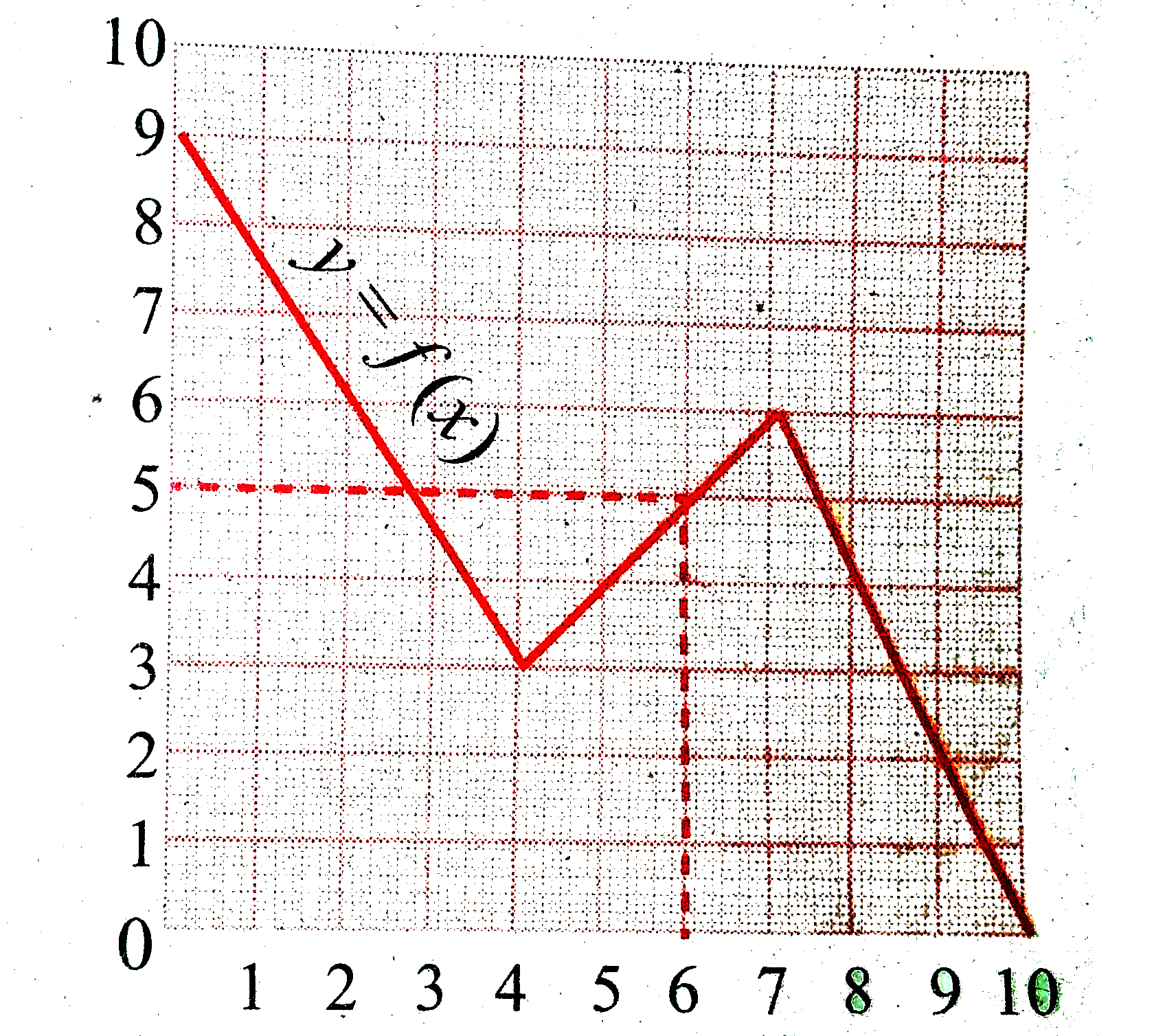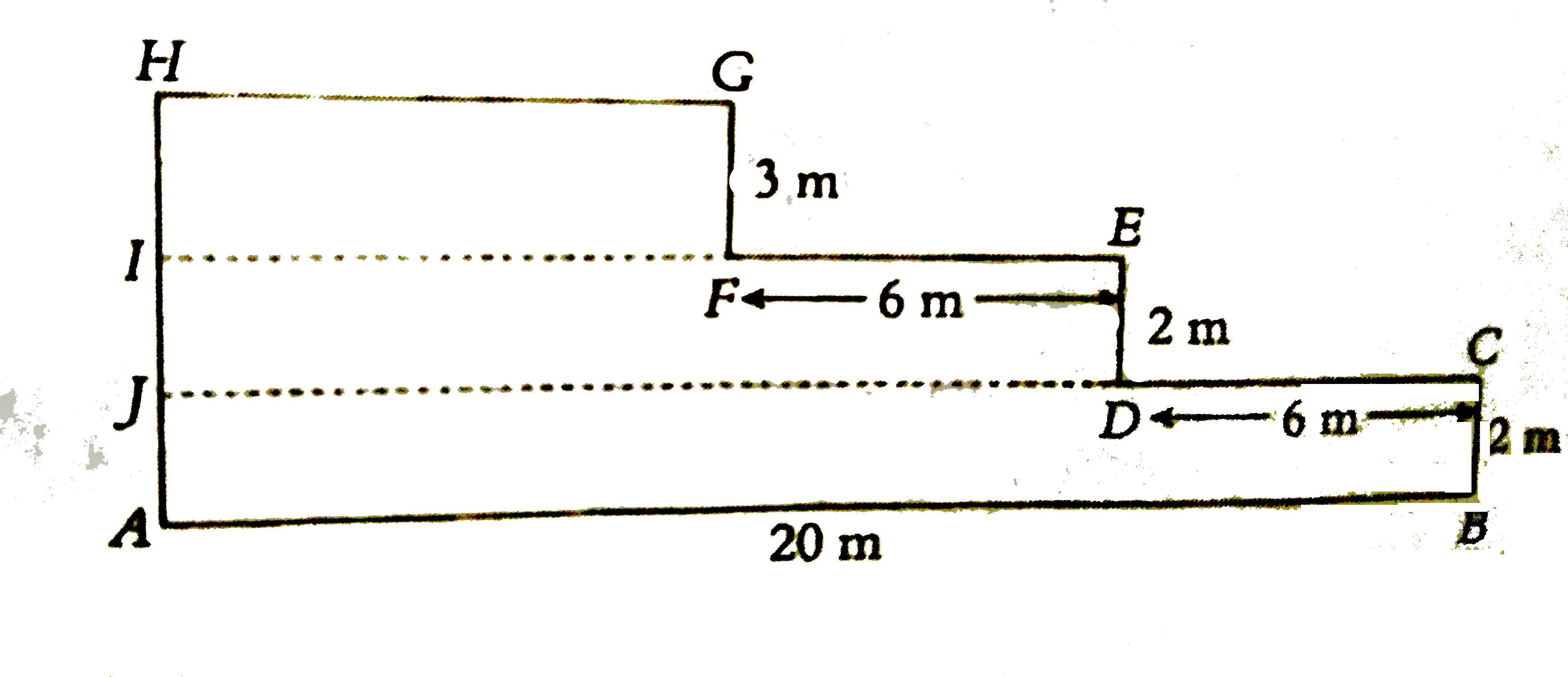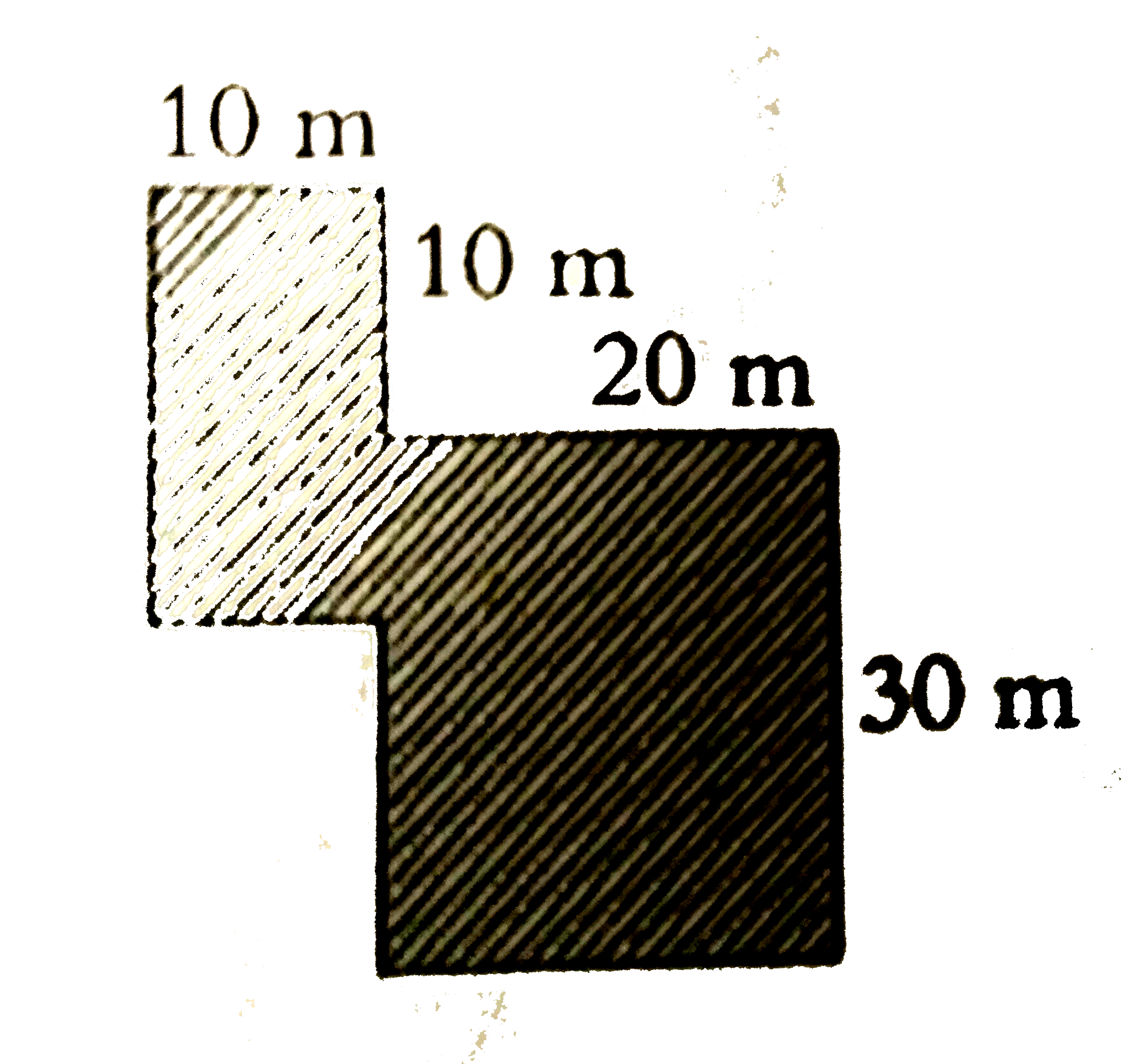A graph representing the function f(x) is given in figure it is clear that f(9)=2.

Find the following values of the function (a)f(0) (b)f(7) (c)f(2) (d)f(10)Solution in Tamil
Step by step video & image solution for A graph representing the function f(x) is given in figure it is clear that f(9)=2. Find the following values of the function (a)f(0) (b)f(7) (c)f(2) (d)f(10) by Maths experts to help you in doubts & scoring excellent marks in Class 10 exams.
Updated on:21/07/2023Topper's Solved these Questions
- RELATIONS AND FUNCTION BOOK - PREMIERS PUBLISHERSCHAPTER - RELATIONS AND FUNCTION EXERCISE - EXERCISE 1.4
28 Videos
- RELATIONS AND FUNCTION BOOK - PREMIERS PUBLISHERSCHAPTER - RELATIONS AND FUNCTION EXERCISE - EXERCISE 1.5
18 Videos
- RELATIONS AND FUNCTION BOOK - PREMIERS PUBLISHERSCHAPTER - RELATIONS AND FUNCTION EXERCISE - EXERCISE 1.2
9 Videos
- NUMBERS AND SEQUENCESBOOK - PREMIERS PUBLISHERSCHAPTER - NUMBERS AND SEQUENCESEXERCISE - OTHER IMPORTANT OBJECTIVE TYPE QUESTIONS
23 Videos
- STATISTICS AND PROBABILITY BOOK - PREMIERS PUBLISHERSCHAPTER - STATISTICS AND PROBABILITY EXERCISE - OTHER IMPORTANT OBJECTIVE TYPE QUESTIONS
23 Videos
Similar Questions
Determine whether the graph given below represents functions. Give reason for your answers concering each graph

View SolutionUsing the functions f and given below ,find f∘gandg∘f, Check whether f∘g=g∘f,
f(x) =x-6,g(x) =x2
View SolutionLet A={1,2,3,7}andB={3,0,−1,7}, which of the following are relation from A to B?
R1={(2,1),(7,1)}
View SolutionThe quotient and remainder when 19 is divided by −3 are :
View SolutionIf the sum and mean of the data are 418 and 11 respectively then the no. of observation is the data is:
View SolutionThe graph of y = f(x) is shown, find the number of solution of f(f(x)) = 2.
(##CEN_GRA_C01_S01_007_Q01.png" width="80%">
View SolutionDetermine the point of symmetry of a regular hexagon.
View SolutionDtermine the images of the following figure about the given line :
View SolutionIn the following figure ,ABCD is a parallelogram, CB is extended to F and the line joining D and F intersect AB at E. Then prove that ΔEAD~ΔEBF
View SolutionMatch the following Column A to Column B

View SolutionMatch the following Column A to Column B

View SolutionMatch the following Column A to Column B

View SolutionFind the area of figure given below.

View SolutionFind the perimeter of the figure given below.

View SolutionFind the area of the figure given below.

View SolutionThe inequation represented by the graph given below is :
View Solution
